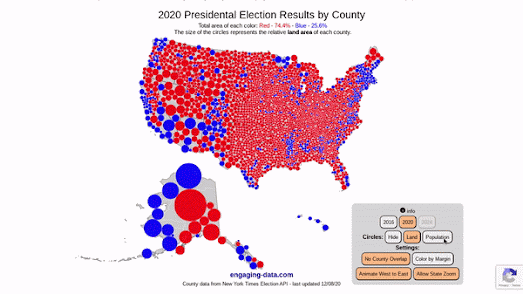Cryptic World is a new unique map game that fuses the thrill of a geography quiz with the brain-teasing fun of a cryptic crossword! Play Cryptic World and discover how much of the world you can unlock!
Click on the question mark pins scattered across the Cryptic World map and solve the uncovered cryptic clues. Every time you correctly answer a clue you will reveal the name of a hidden location.
Cryptic Crossword Clues: A Beginner’s Guide
Cryptic crossword clues may seem puzzling at first, but they follow specific rules that make them fun to solve once you know how! Each clue consists of two main parts: a definition (which works like a standard crossword clue) and wordplay (a tricky way of getting to the answer).
Tips for Solving the Clues
The key to figuring out most cryptic clues is working out which part is the definition and which part is the wordplay. In Cryptic World the definition is normally easy to spot. Because all the answers are locations then the definition will be geography related. In most Cryptic World clues the definition will most likely be either 'country', 'city' or 'town.
Wordplay Indicators
Solving the wordplay is a little more difficult. One way to solve the wordplay is to look for indicators. For example common indicators for anagrams are 'mixed', 'scrambled' or 'twisted'.
Here is an example clue from Cryptic World:
Crashes plane into mountainous land? (5)
In this clue 'mountainous land' seems like the most likely geographical definition. Therefore the answer is probably a territory, region or country with mountains. The word 'crashes' seems like an obvious indicator for an anagram. The word 'plane' has five letters so is most likely the word that needs to be rearranged (or crashed). If we rearrange the letters in 'plane' we get the answer to the clue - 'Nepal', a country which is a mountainous land.
Styled OpenFreeMap in Maputnik
I've had the idea of creating a cryptic world map for a while. However, to build the map, I needed a free source of unlabeled map tiles. Thanks to the launch of
OpenFreeMap, I've finally been able to create Cryptic World. The map uses an OpenFreeMap style, which I customized in
Maputnik to remove all the place-name labels.
Help Me! I'm Stumped!
Cryptic Clues can be very hard to solve for those who don't know the common indicators and some of the tricks used by setters.
Minute Cryptic has a more detailed introduction to cryptic crossword clues which explores many of the common wordplay indicators used in cryptic clues (click on the question mark button).
If you are still stumped by a clue then use the comment section on this post to leave a question and I (and maybe other readers) will be happy to try and explain any clue that you are struggling with.
I definitely want to add more locations to the map. If you have a great clue for a place-name then please tell me in the comments.
Can I Start Again?
All your correct answers are saved in local storage. This means that when you return to the map it should still display all the place-names that you have already guessed. If you want you can clear all your correct answers and start the game again by typing 'shift-c'.
































